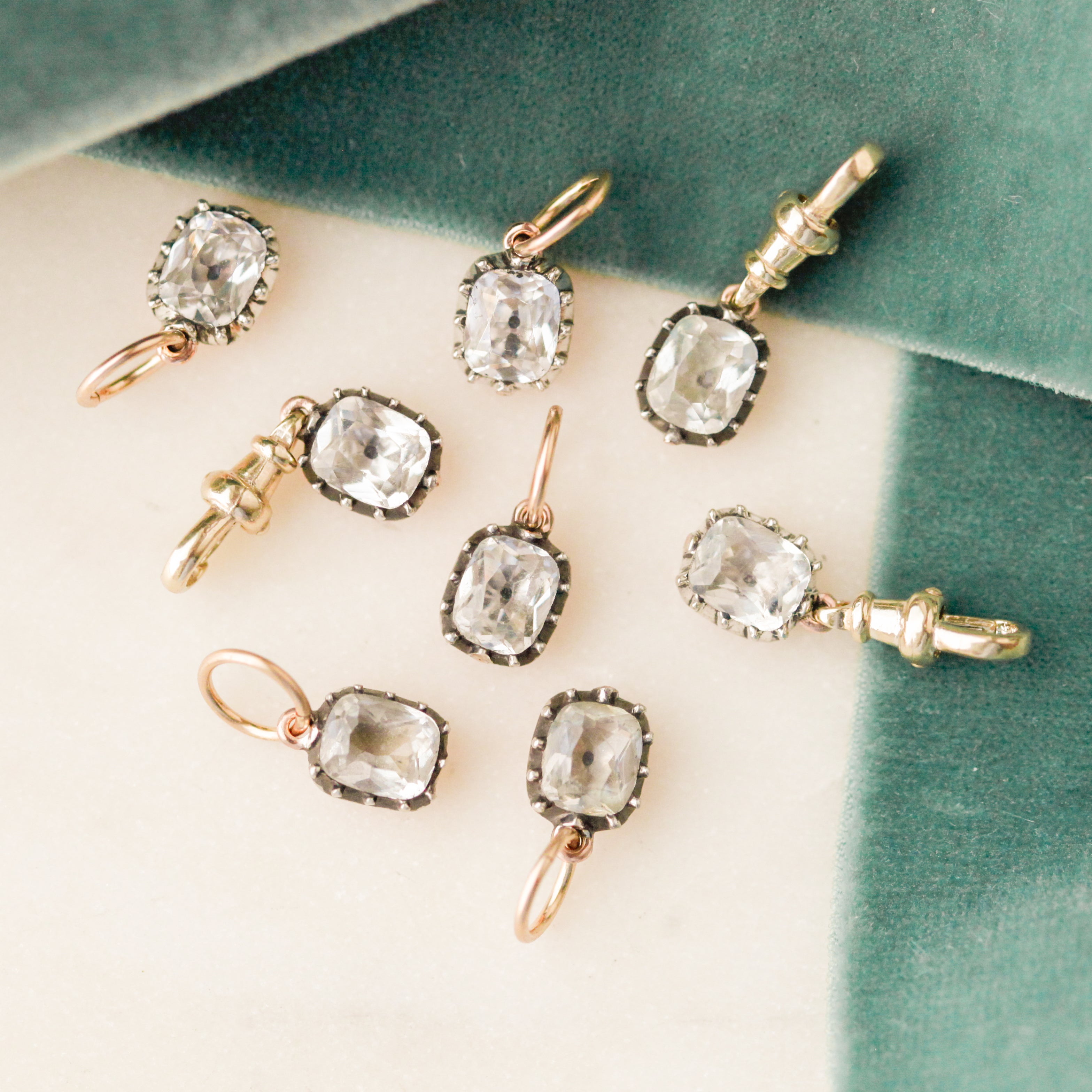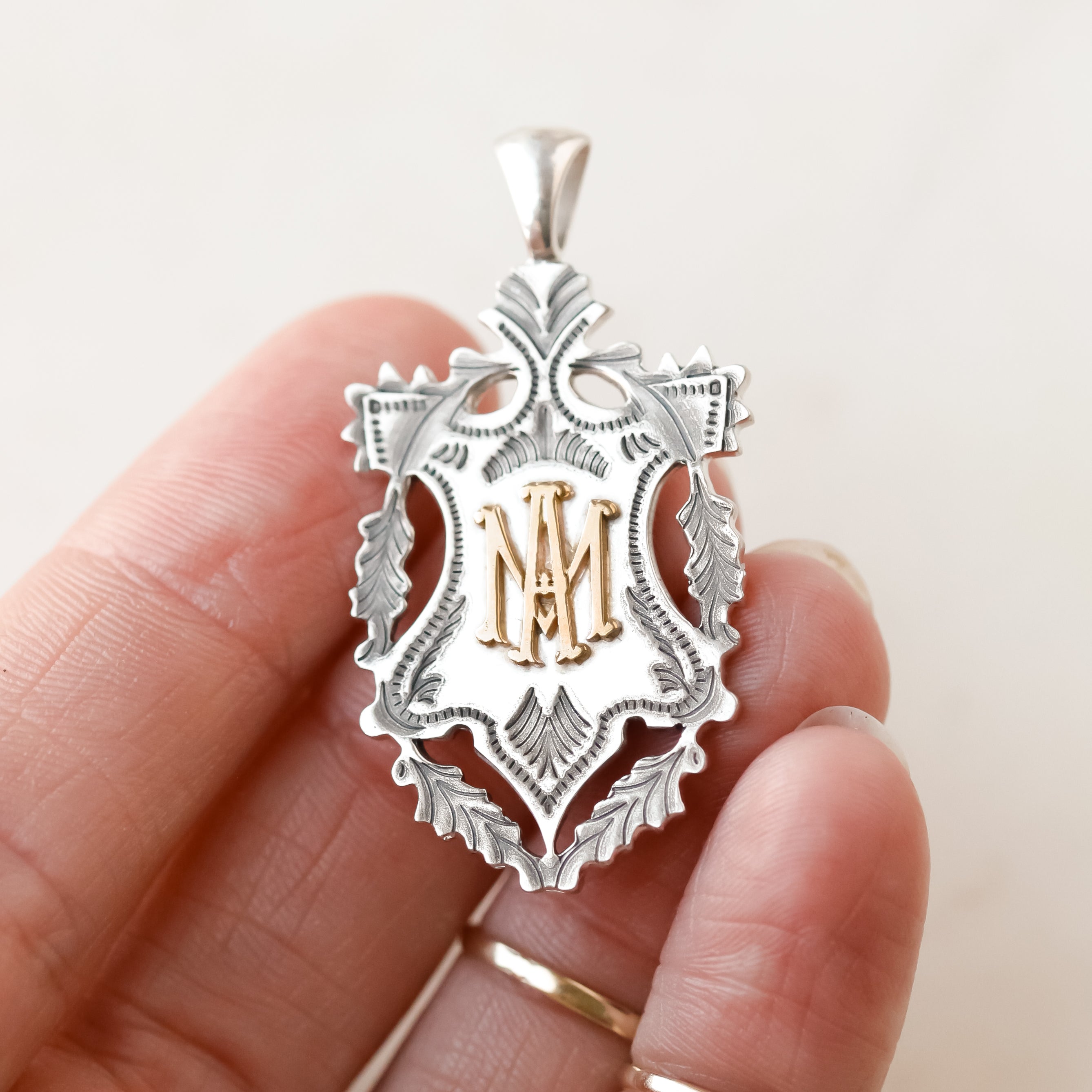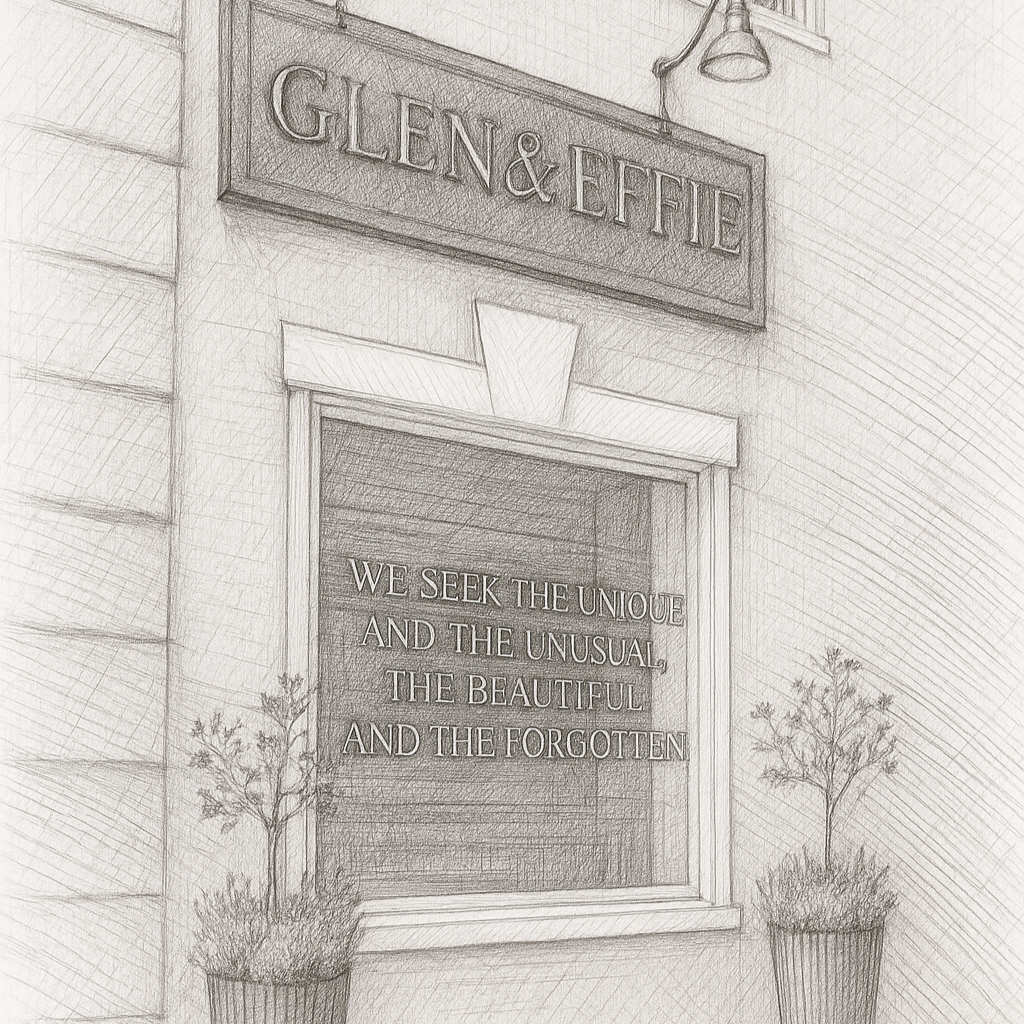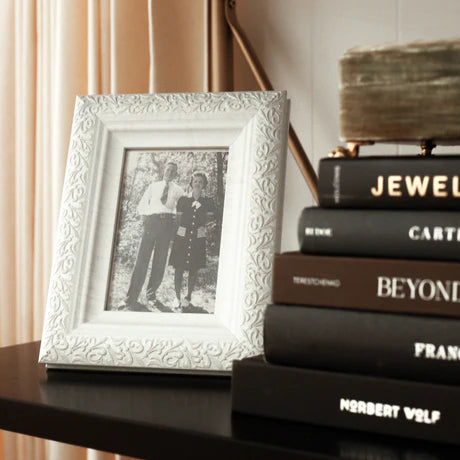Gold Jewelry Guide
Solid gold jewelry is the highest, best quality of gold, but it is also the most expensive. Solid gold is not actually 100% solid gold, because the nature of the metal is too soft to create durable accessories. All gold is alloyed with a mixture of metals, like silver, copper, and zinc, so it’s long-lasting and doesn’t rub off, flake, or severely bend. This is where your scale of gold karats is used: where 10k gold being the lowest in gold content and purity, and 24k gold being the highest:
Solid gold jewelry can potentially increase in value over time and have the best resale value.
Gold-filled jewelry is created with a different and complex manufacturing process. It involves a high amount of heat and pressure that bonds a layer (at least 5% of the total weight--the chains in our Classic Classic collection consists of a 12% gold weight of the chain.) of pure gold to a base metal, usually brass, copper, or sterling silver, to give it the appearance of gold. The gold layer and base metal is technically melted together so it will not tarnish or rub off as gold-plated or vermeil.
Gold-filled jewelry is very durable and suitable for everyday wear, just like solid gold. With good care, it can last a lifetime. The only downside is that if you were to resell your gold-filled jewelry, it would not have as much value as solid gold jewelry.
Gold vermeil (Pronouced Ver-MAY) is one of the lowest quality of jewelry compared to pure and gold-filled. The jewelry is electroplated with a layer of gold (.025mm) and the base metal underneath is sterling silver. It will last longer than gold-plated jewelry, but the gold layer can still rub off and reveal the silver underneath.
It is not a pool, gym, or shower friendly type of material.
Gold-plated jewelry is the cheapest and lowest quality of jewelry among these four. It’s a very thin layer (typically less than 1%) of gold being electrically charged onto a base metal, commonly nickel or brass. Gold-plated is widely used in fashion jewelry due to the low cost and variation in design, but the downside is that it tarnishes easily and reveals the metal underneath.
It can also lead to allergic skin reactions and green marks on skin. It is not a pool, gym, or shower friendly type of material.




